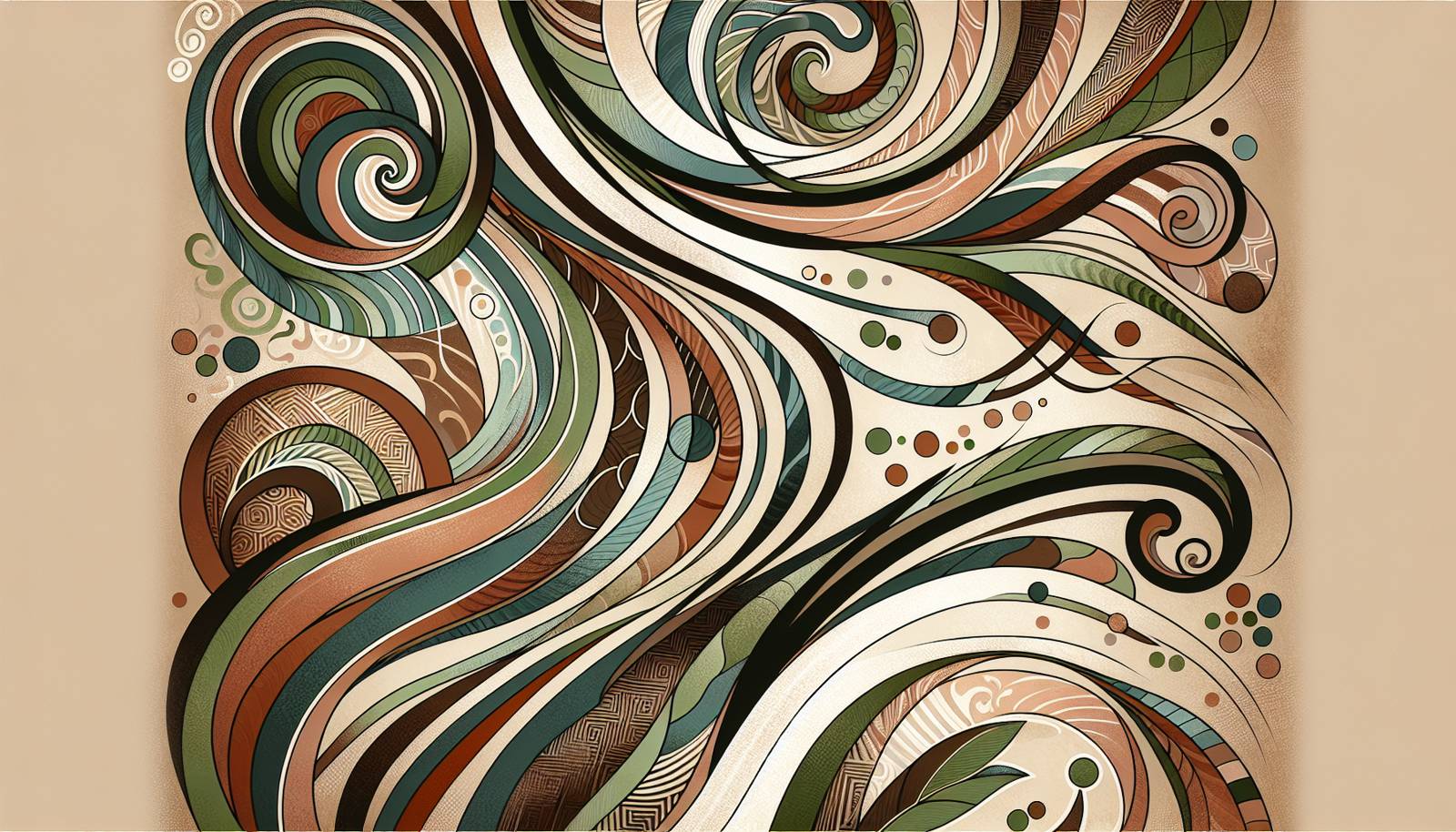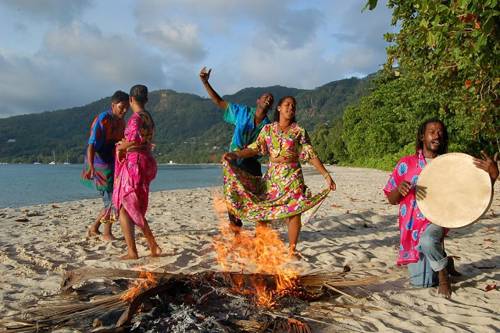
FAQ About The Influence of Traditional African Dance on Global Choreography

What is traditional African dance?
Traditional African dance refers to the various dance styles that originate from different ethnic groups across Africa. Each dance typically carries unique cultural, historical, and environmental significance. These dances are often performed at religious ceremonies, festivals, weddings, and other community events. They are characterized by rhythmic movements, polyrhythmic music, and vibrant expressions, often accompanied by traditional instruments like drums and string instruments.

How does traditional African dance influence global choreography?
Traditional African dance influences global choreography through its distinctive movements, rhythms, and cultural storytelling elements. Many contemporary dance forms, such as hip hop, jazz, and even modern dance, incorporate African dance's dynamic energy, grounded movements, and polyrhythmic styles. This integration enriches global dance practices and broadens dancers’ expressive palettes by adding complexity and diversity to choreographic works.

Which dances or styles have been influenced by traditional African dance?
Numerous dance styles have been influenced by traditional African dance, including hip hop, jazz, tap, and ballroom. For instance, the hip hop genre embraces the spontaneous, energetic, and grounded movements prevalent in African dance. Similarly, samba, salsa, and other Latin dances have rhythms and techniques that echo African dance’s vibrant beats and body isolations.

What are some key characteristics of traditional African dance?
Key characteristics of traditional African dance include rhythmic body movements, polyrhythm, repetitive and cyclical patterns, storytelling, and community participation. These dances often feature intricate footwork, jumps, turns, and gestures that communicate cultural narratives. Additionally, dancers frequently engage with live music, using it as a guide for expression and improvisation.

Can you name a few traditional African dances?
Some notable traditional African dances include the Agbekor from the Ewe people of Ghana, the Gumboot dance from South Africa, the Adumu (also known as the 'jumping dance') performed by the Maasai in Kenya and Tanzania, and the Eskista from Ethiopia. Each dance reflects the distinct cultural and historical contexts of the communities they originate from.

How is traditional African dance taught and preserved?
Traditional African dance is taught and preserved through oral tradition, community participation, and cultural education programs. Elders and experienced dancers often pass down their skills to younger generations through daily practice, festivals, and ceremonies. In modern contexts, dance workshops, academies, and cultural centers play a crucial role in preserving these dances by providing structured learning and performance opportunities.

Why is rhythm important in traditional African dance?
Rhythm is a fundamental element in traditional African dance because it serves as a guide for movement and expression. The polyrhythmic nature of African music allows dancers to create complex and layered performances. Dancers often align their movements with the rhythms played by live musicians, which allows for a dynamic exchange between sound and motion. This interplay enhances the immersive quality of performances, making them both visually and sonically captivating.

How does traditional African dance reflect cultural identity?
Traditional African dance reflects cultural identity by embodying the values, histories, and spiritual beliefs of a community. Each dance tells a story or symbolizes a specific element of the culture, such as communal bonds, agricultural practices, or historical events. Through movement, dancers express shared experiences and reinforce cultural continuity across generations.

Are traditional African dances performed worldwide?
Yes, traditional African dances are performed worldwide, largely due to the influence of African diaspora communities and cultural exchange programs. African dance troupes often tour internationally, showcasing the richness of African cultural heritage through performances. Additionally, many dance schools and organizations globally have incorporated African dance styles into their curricula, offering students the opportunity to learn and appreciate these unique art forms.

What role does music play in traditional African dance?
Music plays a pivotal role in traditional African dance as it provides the rhythmic framework necessary for movement. Live music, often played with indigenous instruments like djembes, balafons, and kora, accompanies dancers, creating an interactive and improvisational atmosphere. The musicians and dancers engage in a call-and-response relationship, heightening the emotional and physical resonance of the performance.

What are some common misconceptions about traditional African dance?
Common misconceptions about traditional African dance include the ideas that all African dances are similar or lack complexity. In reality, African dances are diverse, with each style featuring distinct movements and meanings specific to its cultural origin. Additionally, some might perceive African dance as informal or unstructured; however, it involves intricate techniques and forms often embedded with cultural symbolism.

How has traditional African dance influenced modern dance?
Traditional African dance has influenced modern dance by contributing elements such as grounded movements, use of space, and community interaction. Pioneers of modern dance, like Alvin Ailey, have drawn inspiration from African dance to develop techniques that emphasize freedom, expression, and cultural storytelling. This integration has led to innovative choreography that bridges cultural divides and showcases diverse artistic expressions.

In what ways do traditional African dances differ from Western dance forms?
Traditional African dances differ from Western dance forms in several ways, including movement foundations, rhythm structure, and community focus. African dances often emphasize grounded, earthy movements that utilize the entire body, while many Western dances focus on linear movements and technical precision. African dance rhythms are typically polyrhythmic, contrasting with the often more predictable and uniform rhythm patterns in Western choreography. Additionally, African dances frequently involve collective participation and storytelling, whereas Western dance may focus more on individual expression and performance.

How does traditional African dance contribute to cultural exchange?
Traditional African dance contributes to cultural exchange by sharing unique expressions of African heritage with diverse audiences. Through performances, workshops, and collaborations, dancers and choreographers spread African cultural knowledge and techniques globally. This exchange fosters intercultural connections, encourages dialogue between communities, and enriches the global dance landscape with new styles and influences.

Who are some famous choreographers influenced by African dance?
Some famous choreographers influenced by African dance include Alvin Ailey, Pearl Primus, and Katherine Dunham. These choreographers have incorporated African movements and rhythms into their work, creating pieces that celebrate African culture and history. Their contributions have had a profound impact on the development of modern and contemporary dance, helping to popularize African dance elements in diverse artistic expressions.

How can one learn traditional African dance?
One can learn traditional African dance by attending classes or workshops at dance studios and cultural centers dedicated to African dance. Many institutions offer courses that cover various African dance styles and techniques, often led by experienced instructors from Africa or with extensive training in these dances. Additionally, online tutorials and video resources provide accessible means for individuals to explore and practice African dance movements at their own pace.

What are the benefits of learning traditional African dance?
Learning traditional African dance offers several benefits, including physical fitness, enhanced rhythm and coordination, cultural awareness, and emotional expression. The dynamic movements in African dance improve cardiovascular health, muscle strength, and flexibility. Moreover, engaging with African dance fosters an appreciation for cultural diversity and provides a unique avenue for personal expression and social connection through shared dance experiences.

Are there any global events featuring traditional African dance?
Yes, there are numerous global events featuring traditional African dance, such as dance festivals, cultural exhibitions, and arts workshops. Events like the African Dance Festival in London and the Africa International Dance Competition offer platforms for artists to perform, share, and appreciate traditional African dance. These events attract enthusiasts globally, fostering a deeper understanding of African culture and promoting artistic exchange.

What impact did colonialism have on traditional African dance?
Colonialism significantly impacted traditional African dance by disrupting cultural practices and imposing foreign influences on African societies. Many dances were suppressed as part of colonial efforts to eradicate indigenous traditions. Despite these challenges, African dance endured and adapted, often incorporating elements from foreign dance styles. Today, traditional African dance serves as a resilient emblem of cultural preservation and resistance to colonial narratives.

What is the significance of body movements in traditional African dance?
Body movements in traditional African dance are significant because they convey stories, emotions, and cultural values. Each gesture, step, and posture can symbolize specific narratives or spiritual concepts linked to the dancer's community. The expressive and often vigorous movements engage both the performer and the audience, creating a shared experience rooted in cultural identity and artistic expression.
